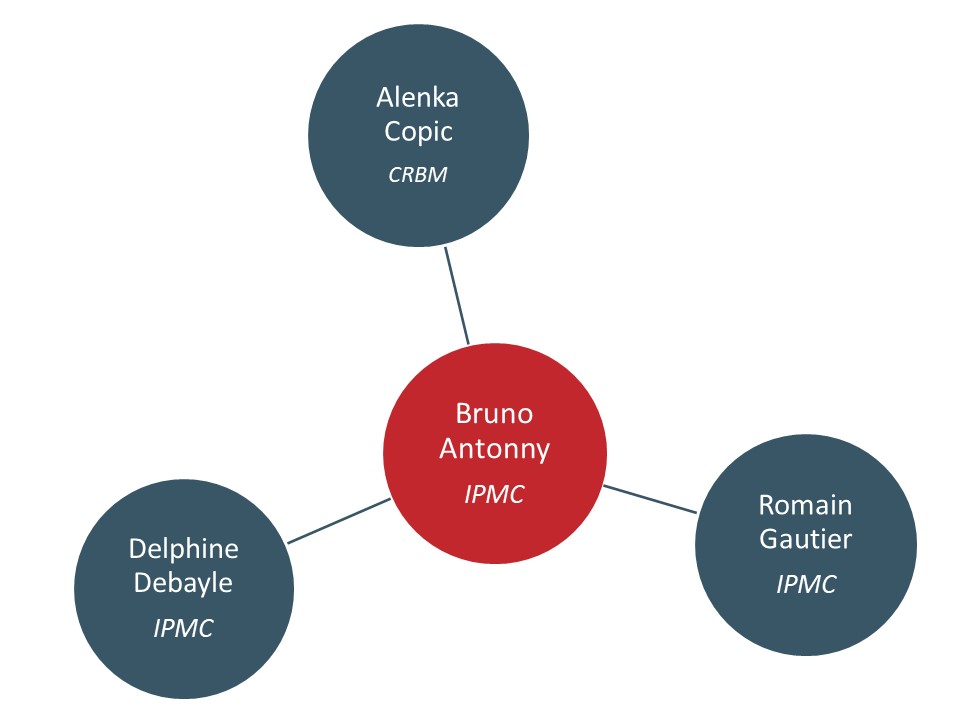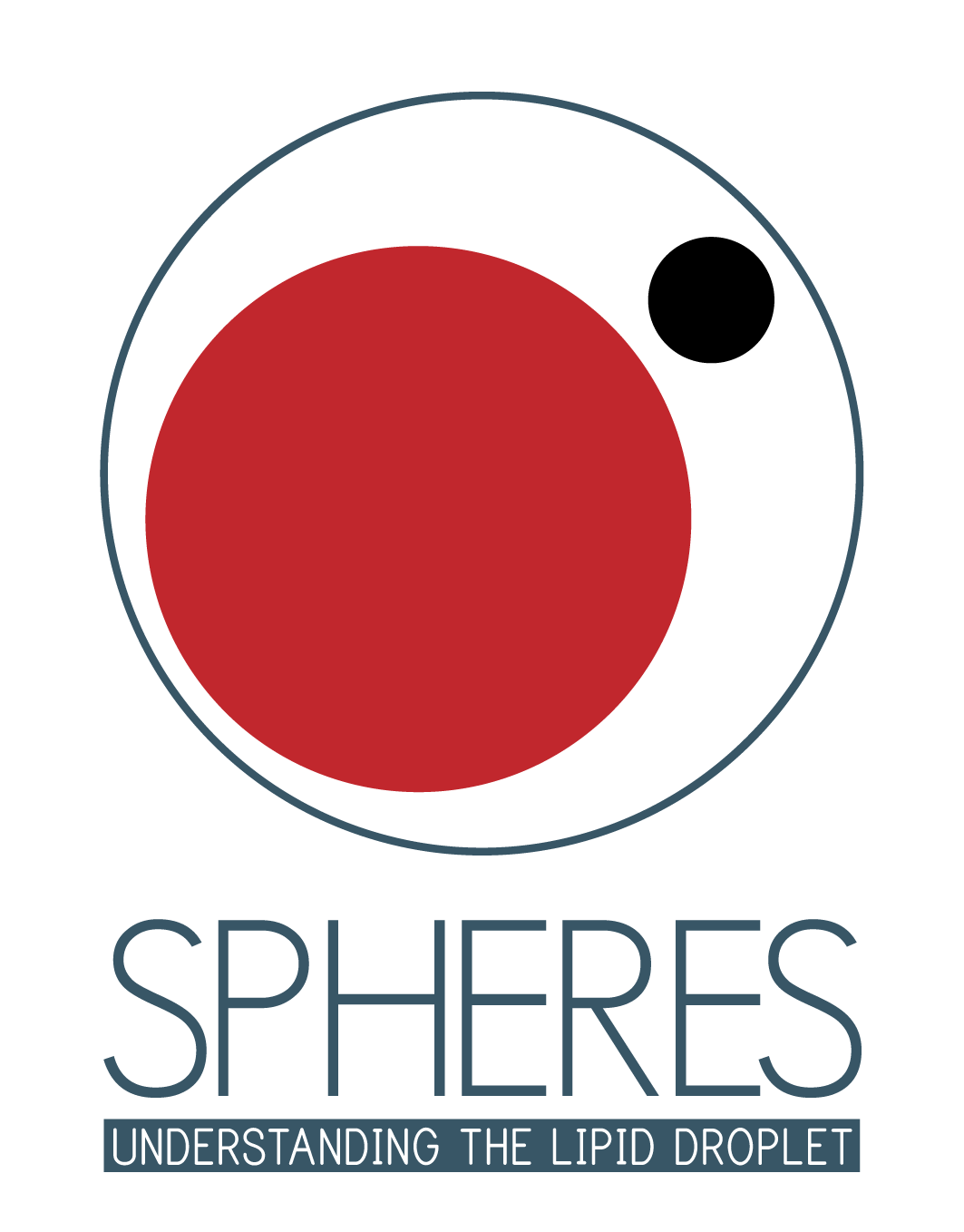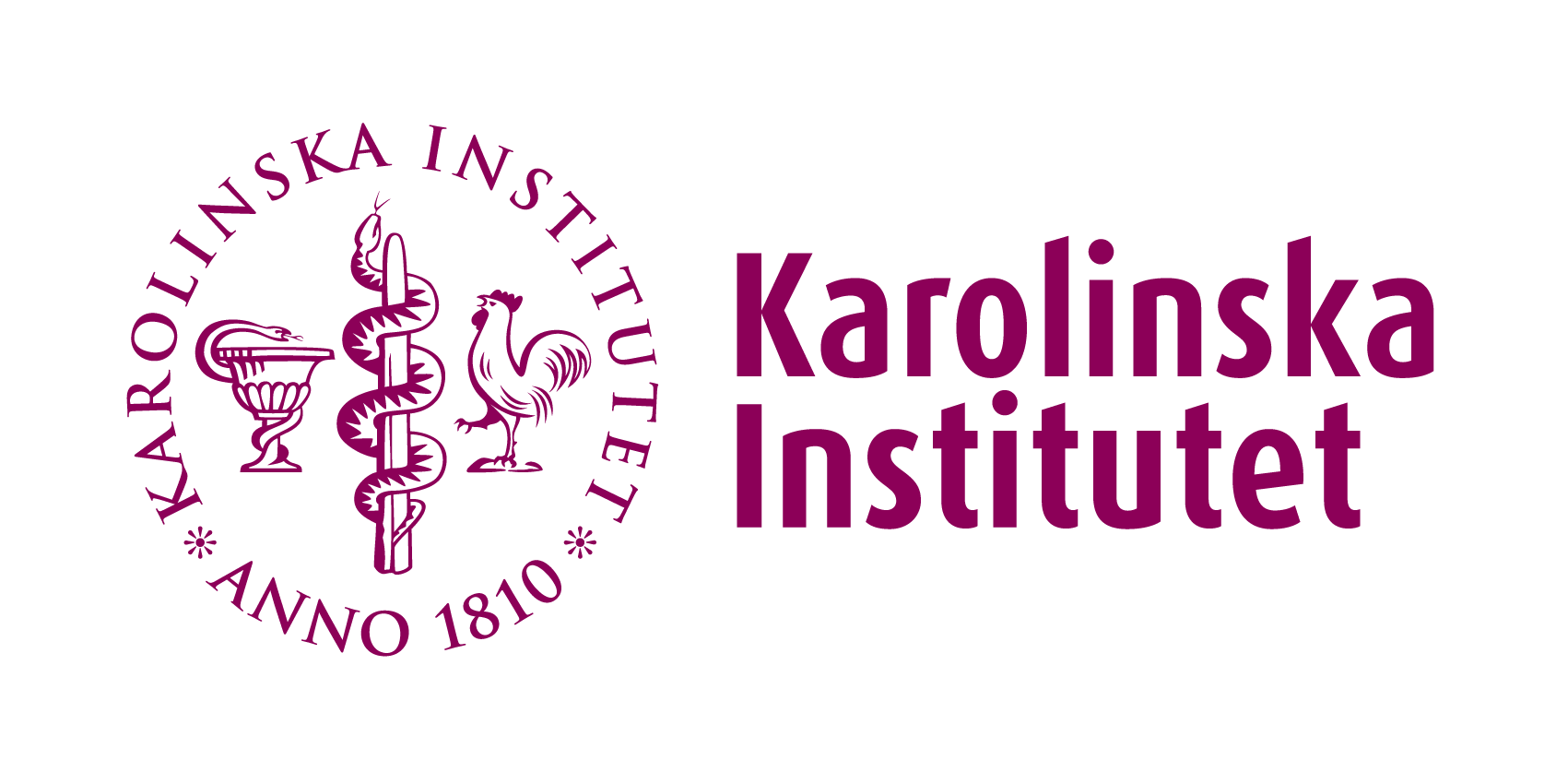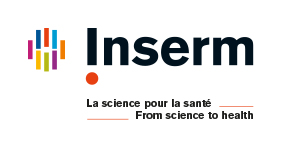Research networks
You are here :
SPHERES merges the expertise of three sites with well-established track records in clinical translational adipose research, advanced murine metabolic studies, and lipid membrane biochemistry and biophysics. From different angles, but together, they develop novel approaches to understand fat cell LD dynamics in vitro and in vivo, including the pathophysiological impact, which go far beyond current state-of-the-art.
Dominique Langin's Network - I2MC - University of Toulouse
In Toulouse, the main part of the research will take place at the Institute of Metabolic and Cardiovascular Diseases (I2MC). I2MC offers a unique environment for metabolic research in terms of scientific interactions and technological facilities as indicated in the project. The laboratory is equipped with all necessary apparatus and infrastructures for molecular studies, cell culture and ex vivo phenotyping of mouse models (5 offices, 2 large wet labs, 3 shared culture rooms and several shared specialized laboratories e.g., for terminal mouse phenotyping, radioactivity assays, bacterial culture,...).
Toulouse Proteomics Infrastructure at Institute of Pharmacology and Structural Biology in Toulouse is led by Dr. Odile Schiltz. It possesses up-to-date mass spectrometry instrumentation and bioinformatics tools. It belongs with two other sites in France to the French Proteomics Infrastructure (ProFI) and, is certified ISO 9001 since 2006 and NFX 50-900 since 2014.
The Institute for Advanced Technology in life sciences (ITAV) in Toulouse is an entity devoted to cutting-edge technology facilities, notably the photonic imaging platform proposing tools enabling 3-dimensional imaging from a molecular scale to that of small animals.
The Organoid Core facility at the Institute of Research in Digestive Health (IRSD) in Toulouse is devoted to the development of 3D organoid models for basic and translational research.
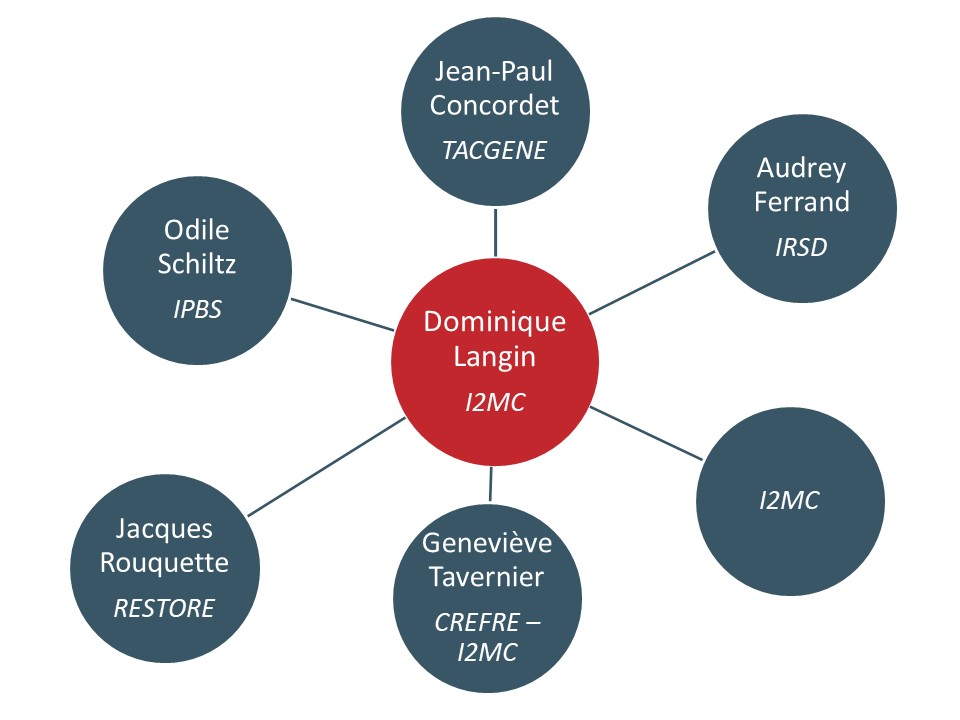
TACGENE based at Muséum National d’Histoire Naturelle in Paris was created in 2011 to facilitate access of academic laboratories to genome editing techniques. Recently, it developed unique tools for design and development of CRISPR-Cas9 tools.
Mikael Rydén's network - CCMRD - Karolinska Institutet
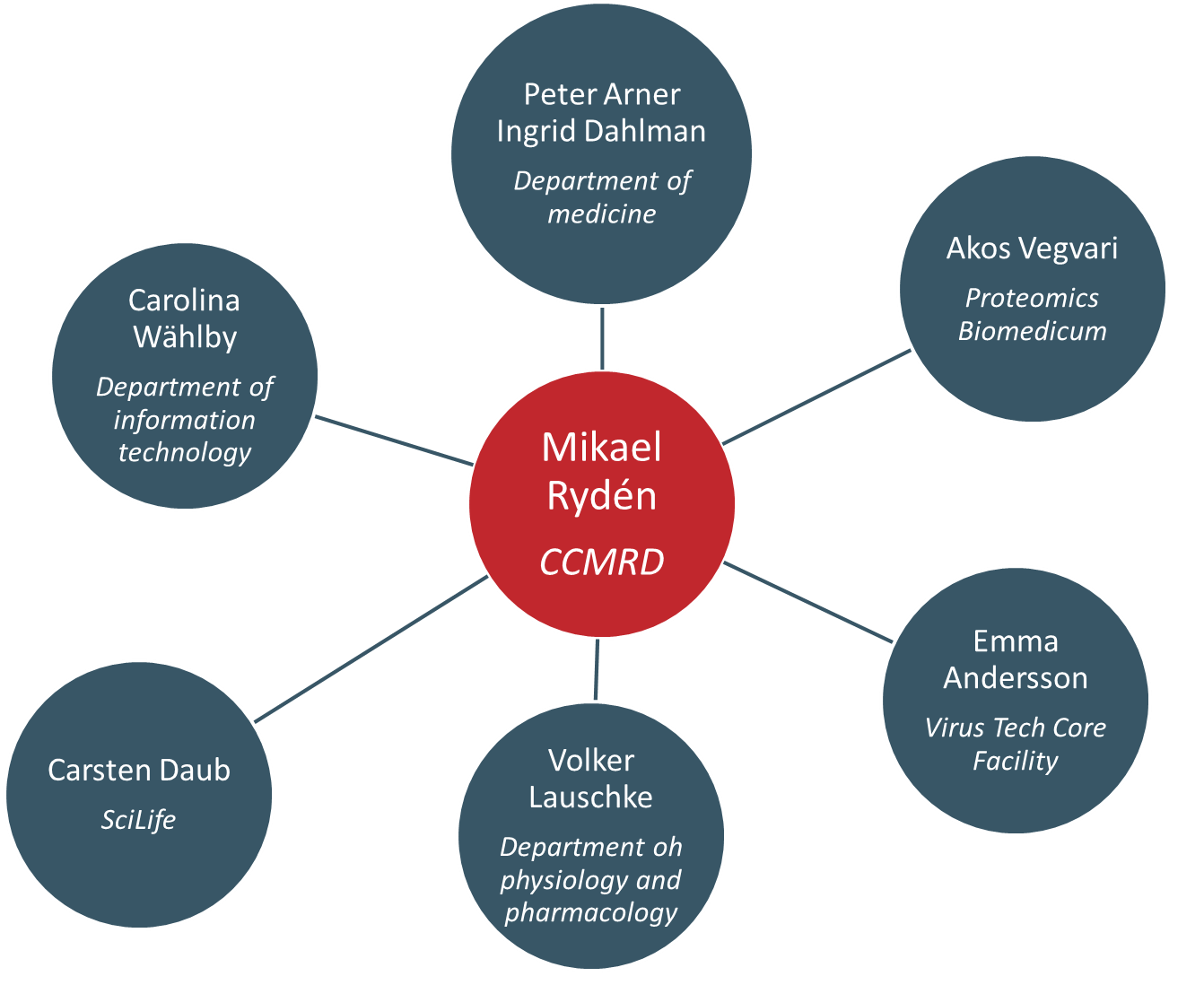
In Stockholm, the clinical work is performed at the Center for Clinical Metabolic Research in Diabetes (CCMRD). This facility located at the Karolinska University Hospital is staffed with 6 research nurses and MDs for clinical metabolic investigations including clamps, DXA-measurements and tissue biopsies and is fully integrated with the Endocrinology out-patient clinic. A fully equipped wet laboratory is situated adjacent to the hospital. This laboratory employs ~20 people (Senior researchers, post-docs, PhD students and technicians) and spans over 300 sqm large facility with all required technical equipment and a large cell culture room with three hoods.
Lauschke’s laboratory is situated at the Karolinska campus and is responsible for the human spheroid studies. All the necessary infrastructure for omics and advanced imaging is available at the Karolinska Institute which is integrated with the Science for Life Laboratory – a national center for advanced developments in analytical techniques in bioscience – Pertaining to SPHERES.
Rydén’s lab has well established collaborations with proteomics, viral transduction, bioinformatics and advanced imaging facilities. We have also recently initiated a collaboration with the core facility in spatial transcriptomics.
Bruno Antonny's network - IPMC - CNRS
In Nice, Antonny’s group occupies three elementary lab spaces and offices at the Institut de Pharmacologie Moléculaire et Cellulaire (IPMC) in Valbonne. IPMC is a joint research unit (UMR7275) from Centre National de la Recherche Scientifique (CNRS) and University Nice Sophia Antipolis. The team is autonomous for biochemical and biophysical approaches, with equipment for protein purification and spectroscopic measurements (DLS, fluorimeters, gel imaging, CD and UV-visible spectrophotometers) as well as calculators for molecular dynamics. The team has access to dedicated in-site platforms for cell imaging (confocal, spinning disk and STED microscopes) and mass spectrometry and contributes to the development of the lipidomics facility.
